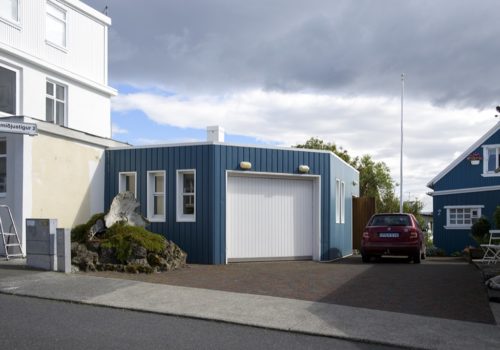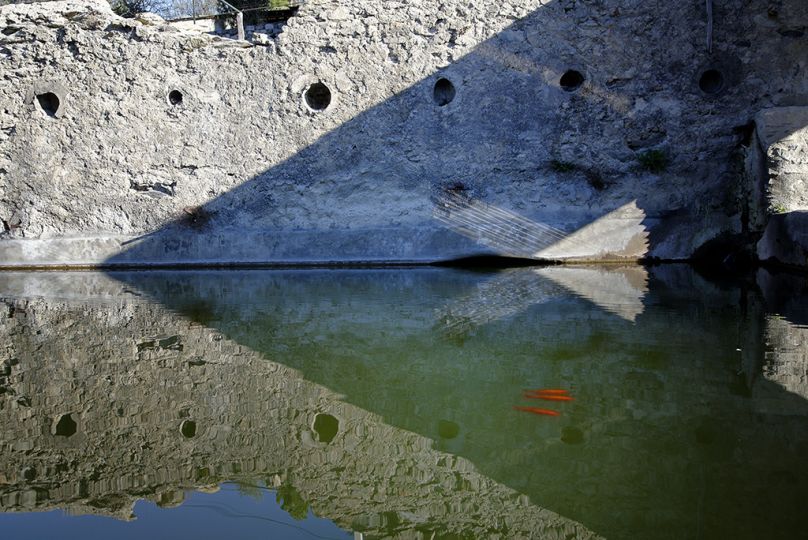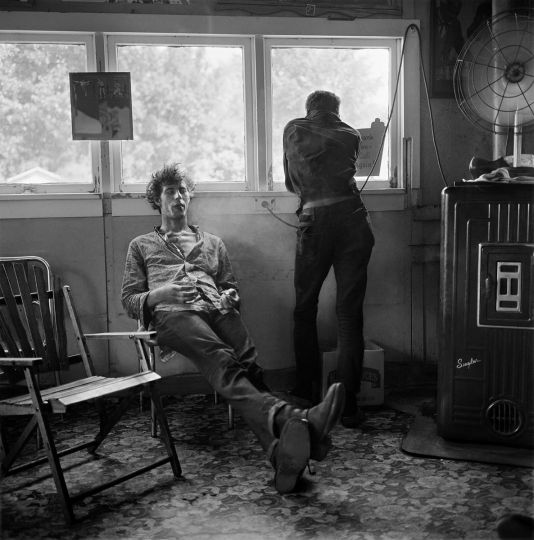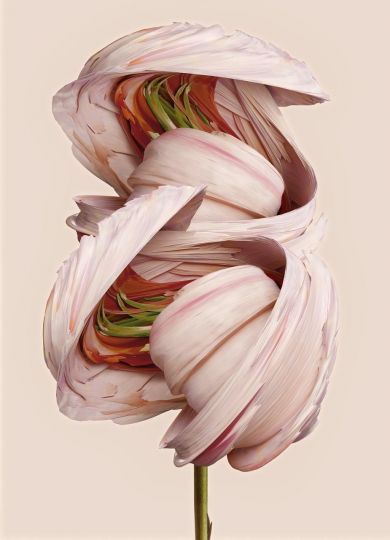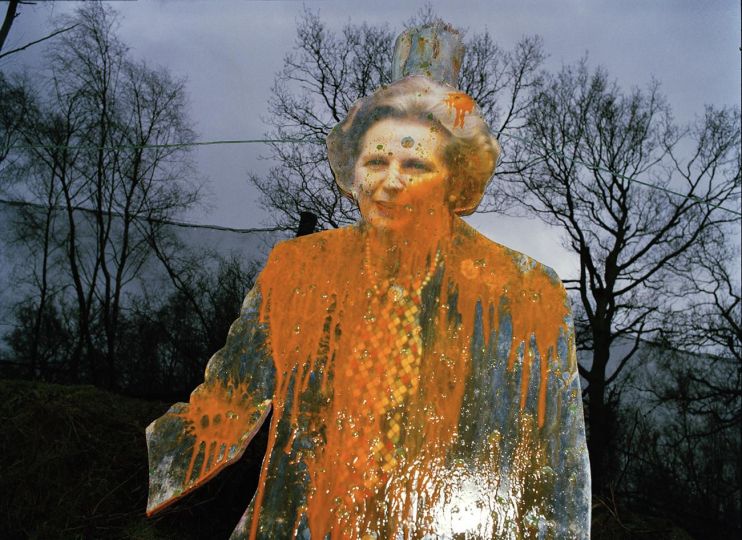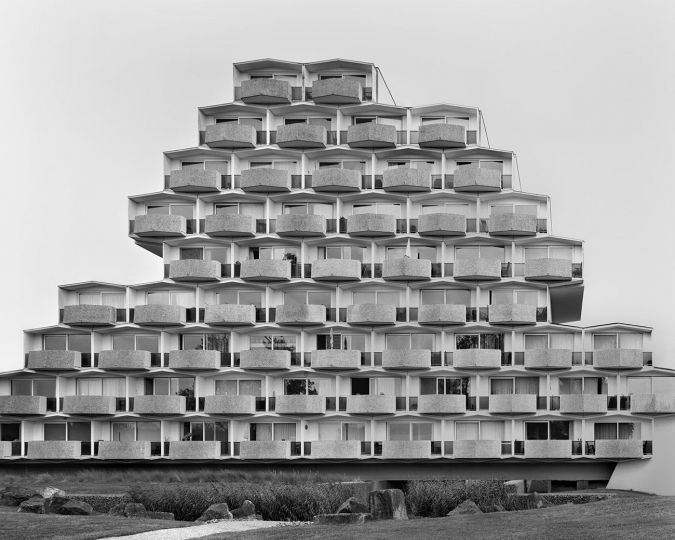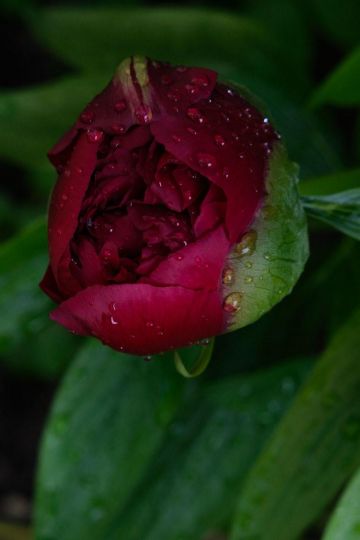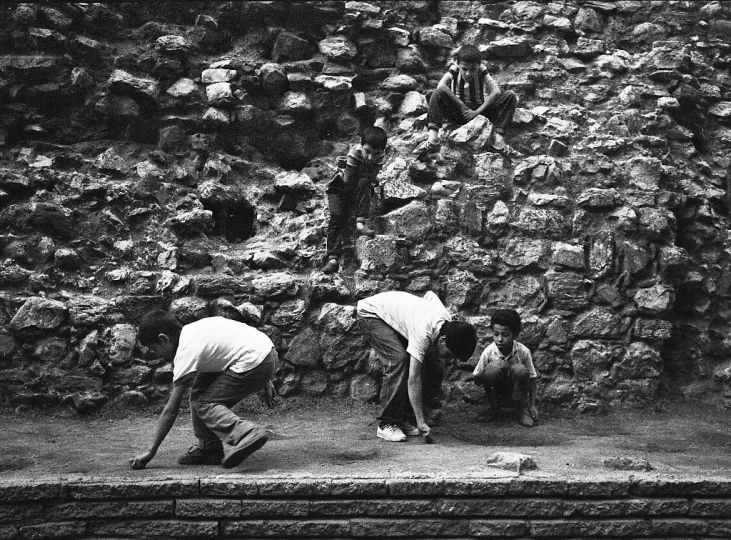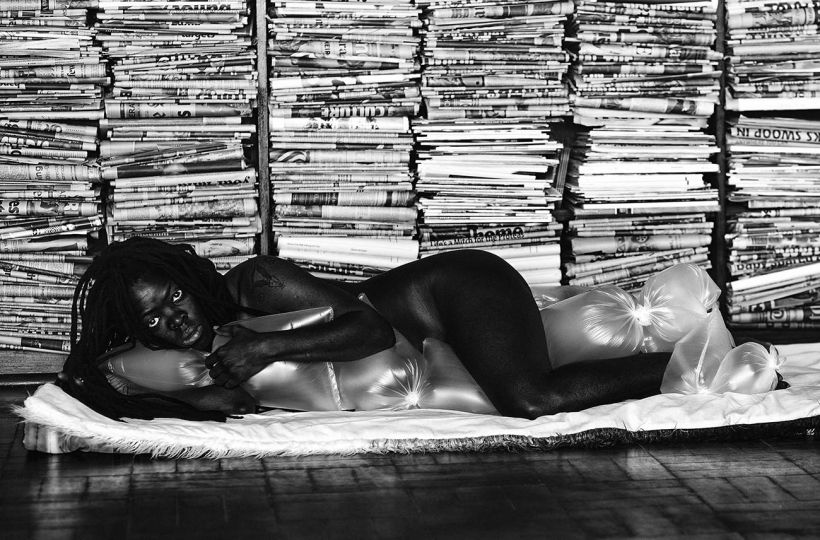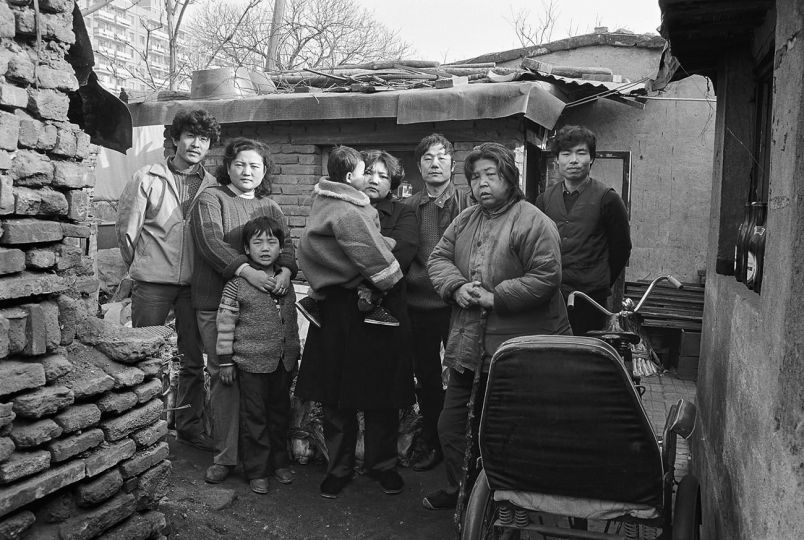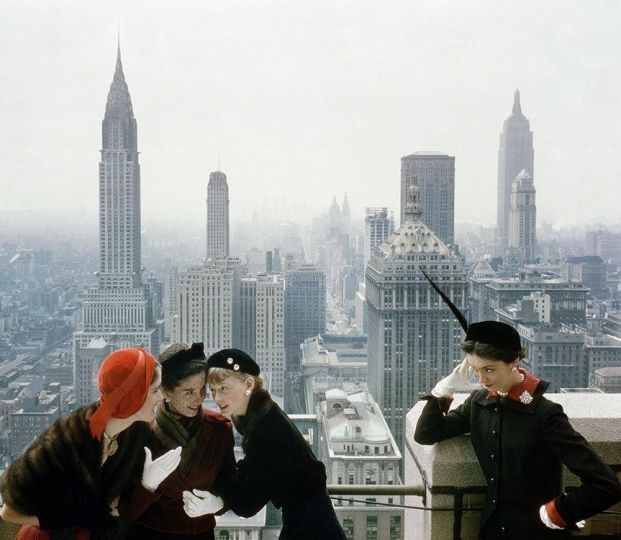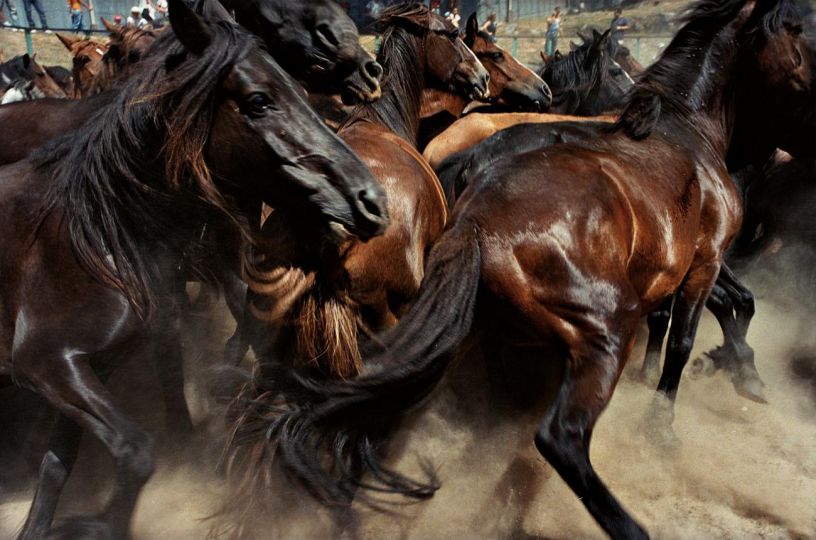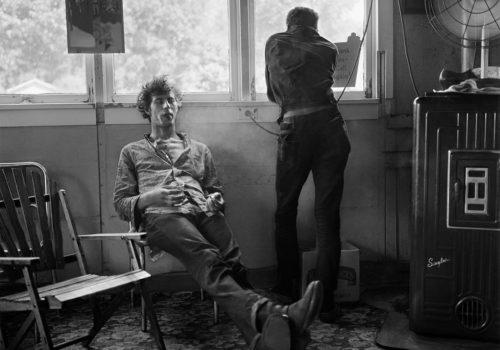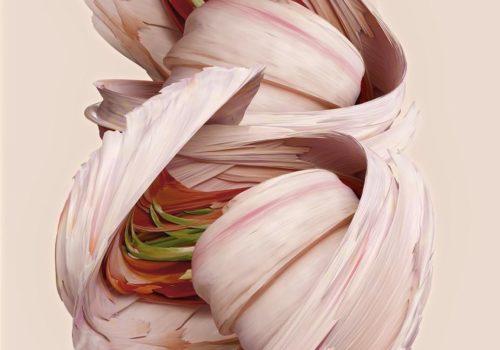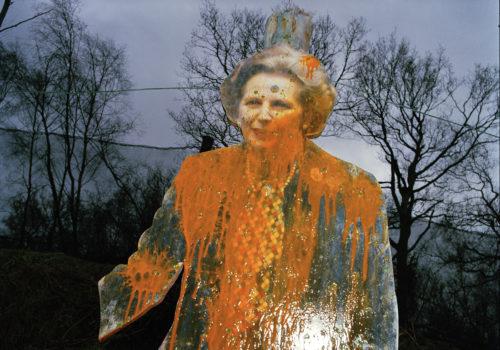In Iceland, the power of the land demands modesty and respect, mixed with this strange feeling that the landscapes are alive. Inhabited. It is true that along the roads, around the bends of lava fields, and basaltic cliffs are sites of troubling stories, populated with trolls, elves, and witches… In certain farms, people recount strange incidents seeming to reveal the presence of hidden beings, nestled in stones and streams. Rural superstitions? Nothing is less sure when one meanders around Reykjavik and its suburbs.
Between two brightly colored contemporary houses, a few meters from a metallic-surfaced villa, or even in the center of an island of residences, lava rocks take center stage. The toponymy of streets and neighborhoods attest to the personification of these spots: Álfhóll “Elf Hill”, Enbui “The Hermit”, Borgir “The Citadel”, the Latur rock “The Sloth”, Dvergastein “Dwarf Rock”… The list is long of these shapeless hills, rocks, and trenches, which, at the center of a residential neighborhood, a commercial zone, or bordering an expressway, impose their presence. This cohabitation, which is astonishing at first glance and can bring a smile to one’s face, illustrates a double reality: the modernity of the Icelandic society’s and its growing urbanism since the 80s, and the importance of tradition and ancient beliefs.
Michel Eisenlohr, photographer of the memory, the light, and the delicate, begins to rise to a challenge. Photographing the invisible… Inspired by tales and legends, guided by the research of ethnologists, geographers, and archeologists, he lets us be immersed in these natural and urban places and lets us discover, thru photography, this immaterial heritage.
Huldufólk, Le peuple caché (“Hidden People”)
Through January 7, 2017
Art-Cade, Galerie des Grands Bains-douches de la Plaine
35 bis rue de la Bibliothèque
13001 Marseille
France

